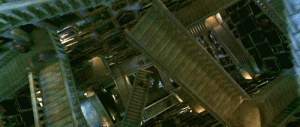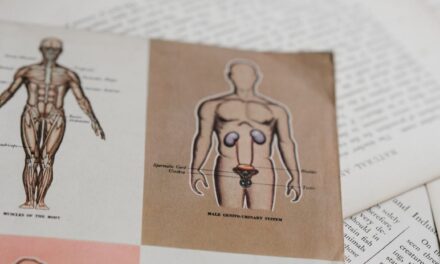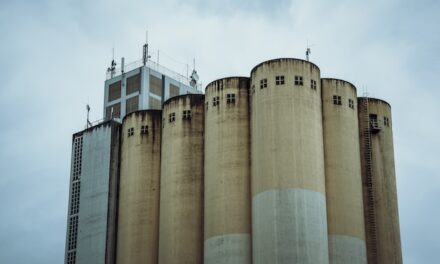Like most of the students in our eclectic PhD program, CR volunteer James Ellenberger has a “life-I-left-behind” story. Some of these pre-ivory-tower tales involve spotlit stages and mosh pits, the shark-eat-bull world of high finance, the loss of a productive copper mine in a crap hand of five-card draw, and a new identity courtesy of the witness protection program. Thus we were not surprised that night at Arlin’s a few months back, when we were swilling RyePA in celebration of a staffer completing her exams, to learn of James’s shocking past, his secret gift, his hidden passion: high-end shoe repair. He was waxing rhapsodic over the intricacies involved in reattaching a platinum-plated zipper to a $3000 Louboutin python stiletto boot when managing editor Nicola Mason interrupted: “Wait. You were . . . a cobbler?” Not only that—as you’ll discover below—but also a proponent of good dental hygiene who can pull off a Harry Potter metaphor.
 James Ellenberger: Martha Collins’s “Drawn In” follows something like the artifice of an advent calendar: Instead of tooth decay in the name of our Lord, however, there’s a six-line poem tucked behind each flap. I’m fondest of the structural integrity of these vignettes—and how Collins, in evoking Dante at points throughout the poem, asks her readership to consider the continuous movement from section to section as a kind of terza rima. Beyond that, the poems themselves resemble the staircases at Hogwarts, constantly shifting, never really losing momentum. Take, for instance, the transition between sections two—“held by the walls// of this now for my small city”—and three—“City where Catherine/ and Jesus traded hearts”. The repetition of “city” manages to hammer into colloquialism the high religious ethos and rhetoric surrounding the referenced locale (Siena, Italy). These shifts between high and low diction might be suspect if it weren’t for the smart scaffolding that these poems are built into. Structure aside, the poem’s just damn beautiful. Excerpting here, due to the integrative and fluidity of the form, doesn’t do the poem justice, but what follows is a handful of my favorite lines:
James Ellenberger: Martha Collins’s “Drawn In” follows something like the artifice of an advent calendar: Instead of tooth decay in the name of our Lord, however, there’s a six-line poem tucked behind each flap. I’m fondest of the structural integrity of these vignettes—and how Collins, in evoking Dante at points throughout the poem, asks her readership to consider the continuous movement from section to section as a kind of terza rima. Beyond that, the poems themselves resemble the staircases at Hogwarts, constantly shifting, never really losing momentum. Take, for instance, the transition between sections two—“held by the walls// of this now for my small city”—and three—“City where Catherine/ and Jesus traded hearts”. The repetition of “city” manages to hammer into colloquialism the high religious ethos and rhetoric surrounding the referenced locale (Siena, Italy). These shifts between high and low diction might be suspect if it weren’t for the smart scaffolding that these poems are built into. Structure aside, the poem’s just damn beautiful. Excerpting here, due to the integrative and fluidity of the form, doesn’t do the poem justice, but what follows is a handful of my favorite lines:
where Dante, knowing
nothing of crust or core, made his own
layers down, where he had
to go, on his way, down










